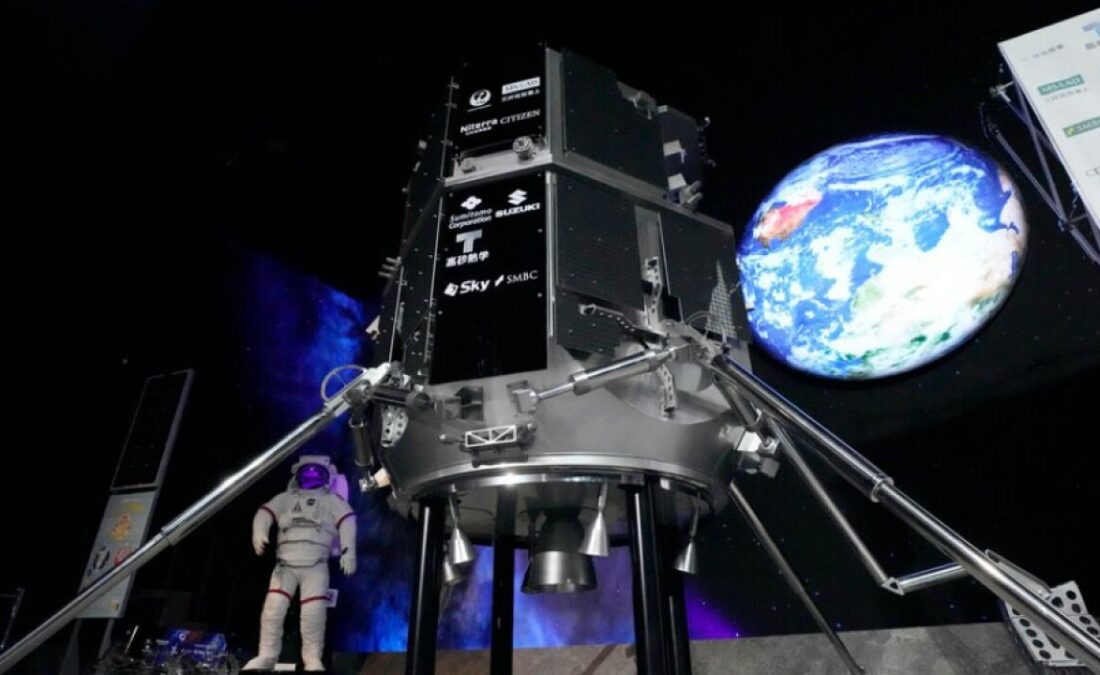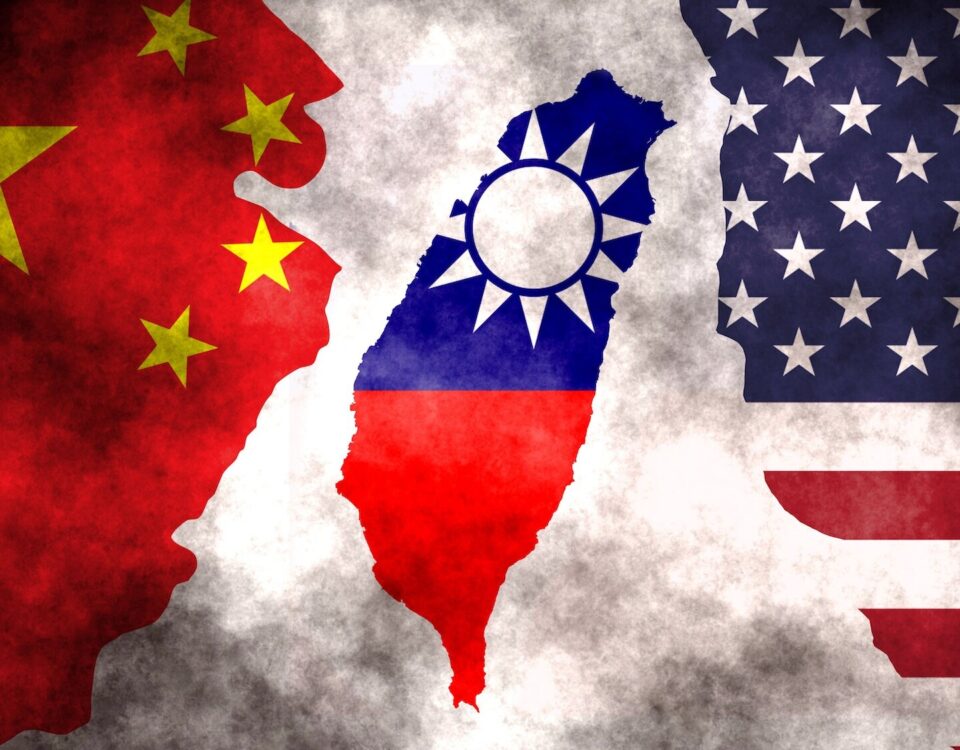
India’s Diplomatic Rift with Canada: A Test for the Five Eyes
September 22, 2023
Unmasking Climate Denialism: Understanding its Consequences and Necessity for Action
September 23, 2023
By Muhammad Hassan
Japan has an extensive and distinguished tradition of exploring outer space, and in the year 2023, the country’s attempts to explore the moon continue to make outstanding achievements. JAXA, the Japan Aerospace Exploration Agency, is at the forefront of this project, which holds plenty of potential for the growth of global scientific collaboration and the acquisition of new scientific information. This article focuses on Japan’s plans to drop off a mission to the moon in 2023, emphasizing the mission’s goals, spacecraft, and the more significant ramifications for lunar exploration.
There are certain objectives behind this mission. The main objective of Japan’s Moon mission in 2023 is to conduct scientific research and improve our understanding of Earth’s closest celestial neighbor, involving inquiries into the Moon’s geology, surface composition, and history, which could offer important insights into the early solar system and Earth’s evolution. Japan’s mission, like former lunar missions, aims to look into the Moon’s potential resources, such as water ice in permanently darkened areas. Water on the Moon seems particularly interesting since it can sustain future lunar settlements and additionally act as a resource for deep-space adventures. The Japanese project is a part of NASA’s Artemis program, which seeks to return humans to the Moon by 2024. This worldwide partnership supports the sharing of information, resources, and experience to accomplish shared goals in planetary research.
The “Smart Lander for Investigating Moon” (SLIM) will be the main spaceship for Japan’s lunar mission in 2023. SLIM is expected to land on the lunar surface independently, exhibiting advanced navigation and landing technology. It will be utilized as a testbed for future missions, paving the way for precise Moon landings. The project will include an orbiter that will transmit data and communications between SLIM and Earth. During SLIM’s descent and landing, the orbiter will also provide vital assistance services involving navigation and providing direction. The scientific payload of SLIM consists of tools to investigate lunar soil and rocks, take photographs, and measure the gravitational field of the Moon. This information will help scientists get a more thorough understanding of lunar geology and pinpoint possible resource-rich places for future exploration.
The 2023 Japanese Moon mission includes multiple larger implications for lunar exploration and space science. This mission will be a key stimulus for the progress of cutting-edge aerospace technology, especially in the domains of autonomous navigation, landing, and scientific equipment. Japan’s participation in international lunar exploration efforts, such as the Artemis program directed by NASA, supports worldwide collaboration in expanding space technology. Collaboration with other space agencies, such as NASA and ESA (European Space Agency), boosts the sharing of knowledge and capabilities, expediting cross-border technological advances while supporting innovation in space exploration.
The extraction of resources is a critical component of Japan’s Moon project, with significant implications for the potential future of lunar exploration and space travel. Water ice, which is believed to occur in the permanently shaded regions of the moon poles, is one of the principal resources to be explored on the Moon. Water will be an important resource for future moon excursions and deep-space research. It can be broken down into hydrogen and oxygen, which can be used as fuel for rockets and astronauts’ life support. The purpose of Japan is to confirm the existence and amount of water ice, in addition to examining its accessibility. As space agencies around the globe think about setting up camps or cities on the moon, it becomes more important than ever to use resources in an environmentally friendly manner.
Additionally, the lunar regolith (the Moon’s dirt) has rocks and metals that could be mined for constructing and creating things. This would cut down on the need for transporting materials from Earth. Water on the Moon allows in-situ fuel generation. Refuelling spacecraft by gathering and converting lunar water into hydrogen and oxygen enables longer lunar missions and could potentially function as a refuelling point for Mars and beyond. Using lunar resources may cut space exploration expenses. Transporting fuel and supplies to the Moon is costly and resource-intensive. By obtaining these elements locally, lunar trips may be cheaper, making space exploration and use easier to afford.
Japan’s lunar exploration affects the world. International agreements and laws will ensure responsible and fair lunar resource use when countries discover and make use of them. Humanity owns the Moon’s resources, hence international collaboration is required to manage and administer them. Japan’s Moon mission and others plan for human exploration. It assists in developing mining and processing technologies, provides life support systems, and proves lunar presence is feasible.
In a nutshell, the lunar mission envisaged by Japan in 2023 indicates a notable advancement in the field of lunar research, since it blends scientific inquiry, technical innovation, and international collaboration. Upon SLIM’s successful landing on the lunar surface and subsequent study activities, its collected information will not only contribute to the improvement of current understanding about the Moon but also act as an incentive for future human and robotic missions aimed at discovering the vast expanse of the universe. The involvement of Japan in the Artemis program symbolizes the international commitment to strengthen our presence in outer space and resolve the mysteries of the Moon and beyond.
The writer is a student of BS International Relations from National Defense University Islamabad.







